Jakub Truszkowski
World Forest ID
Optimizing Product Provenance Verification using Data Valuation Methods
Feb 21, 2025Abstract:Determining and verifying product provenance remains a critical challenge in global supply chains, particularly as geopolitical conflicts and shifting borders create new incentives for misrepresentation of commodities, such as hiding the origin of illegally harvested timber or stolen agricultural products. Stable Isotope Ratio Analysis (SIRA), combined with Gaussian process regression-based isoscapes, has emerged as a powerful tool for geographic origin verification. However, the effectiveness of these models is often constrained by data scarcity and suboptimal dataset selection. In this work, we introduce a novel data valuation framework designed to enhance the selection and utilization of training data for machine learning models applied in SIRA. By prioritizing high-informative samples, our approach improves model robustness and predictive accuracy across diverse datasets and geographies. We validate our methodology with extensive experiments, demonstrating its potential to significantly enhance provenance verification, mitigate fraudulent trade practices, and strengthen regulatory enforcement of global supply chains.
Chasing the Timber Trail: Machine Learning to Reveal Harvest Location Misrepresentation
Feb 19, 2025Abstract:Illegal logging poses a significant threat to global biodiversity, climate stability, and depresses international prices for legal wood harvesting and responsible forest products trade, affecting livelihoods and communities across the globe. Stable isotope ratio analysis (SIRA) is rapidly becoming an important tool for determining the harvest location of traded, organic, products. The spatial pattern in stable isotope ratio values depends on factors such as atmospheric and environmental conditions and can thus be used for geographical identification. We present here the results of a deployed machine learning pipeline where we leverage both isotope values and atmospheric variables to determine timber harvest location. Additionally, the pipeline incorporates uncertainty estimation to facilitate the interpretation of harvest location determination for analysts. We present our experiments on a collection of oak (Quercus spp.) tree samples from its global range. Our pipeline outperforms comparable state-of-the-art models determining geographic harvest origin of commercially traded wood products, and has been used by European enforcement agencies to identify illicit Russian and Belarusian timber entering the EU market. We also identify opportunities for further advancement of our framework and how it can be generalized to help identify the origin of falsely labeled organic products throughout the supply chain.
Unsupervised Multilingual Alignment using Wasserstein Barycenter
Jan 28, 2020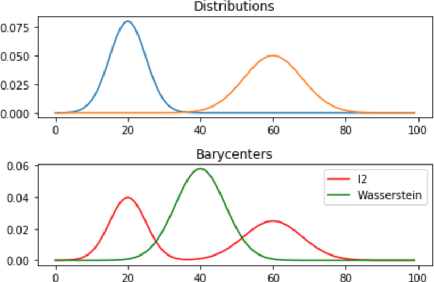

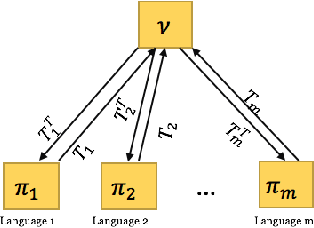
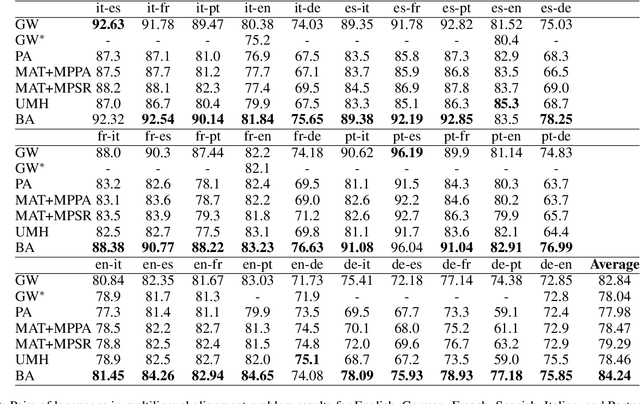
Abstract:We study unsupervised multilingual alignment, the problem of finding word-to-word translations between multiple languages without using any parallel data. One popular strategy is to reduce multilingual alignment to the much simplified bilingual setting, by picking one of the input languages as the pivot language that we transit through. However, it is well-known that transiting through a poorly chosen pivot language (such as English) may severely degrade the translation quality, since the assumed transitive relations among all pairs of languages may not be enforced in the training process. Instead of going through a rather arbitrarily chosen pivot language, we propose to use the Wasserstein barycenter as a more informative ''mean'' language: it encapsulates information from all languages and minimizes all pairwise transportation costs. We evaluate our method on standard benchmarks and demonstrate state-of-the-art performances.
Structure learning in graphical models by covariance queries
Jun 22, 2019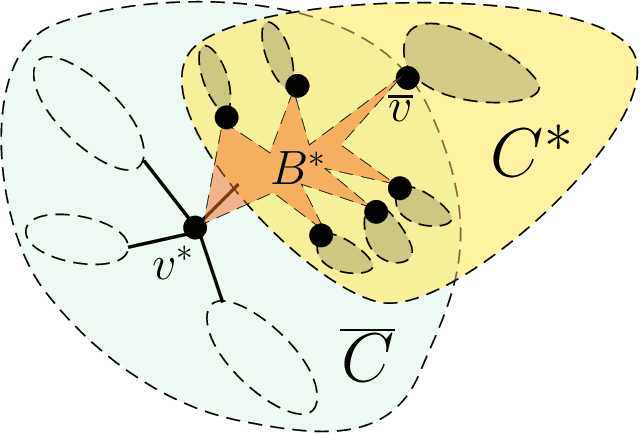


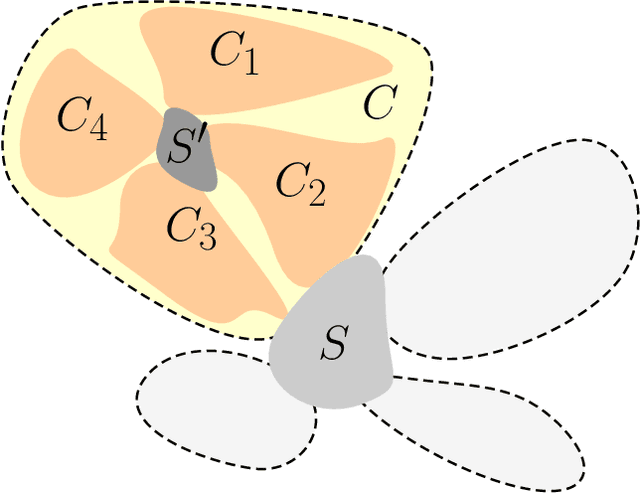
Abstract:We study the problem of recovering the structure underlying large Gaussian graphical models. In high-dimensional problems it is often too costly to store the entire sample covariance matrix. We propose a new input model in which one can query single entries of the sample covariance matrix. We present computationally efficient algorithms for structure recovery in Gaussian graphical models with low query and computational complexity. Our algorithms work in a regime of tree-like graphs and, more generally, for graphs of small treewidth. Our results demonstrate that for large classes of graphs, the structure of the corresponding Gaussian graphical models can be determined much faster than even computing the empirical covariance matrix.
Comparative Analysis of Probabilistic Models for Activity Recognition with an Instrumented Walker
Mar 15, 2012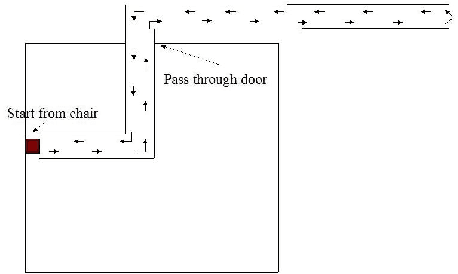
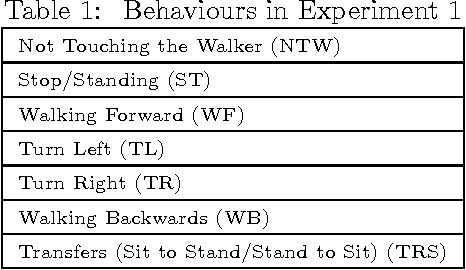
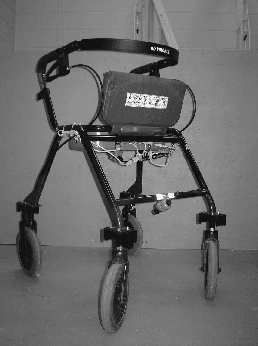
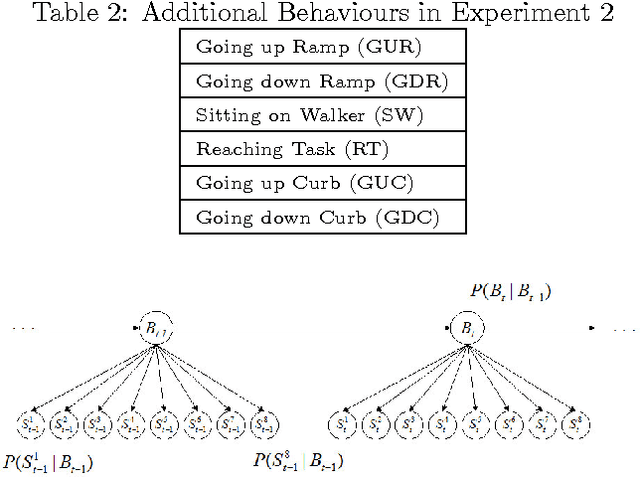
Abstract:Rollating walkers are popular mobility aids used by older adults to improve balance control. There is a need to automatically recognize the activities performed by walker users to better understand activity patterns, mobility issues and the context in which falls are more likely to happen. We design and compare several techniques to recognize walker related activities. A comprehensive evaluation with control subjects and walker users from a retirement community is presented.
 Add to Chrome
Add to Chrome Add to Firefox
Add to Firefox Add to Edge
Add to Edge